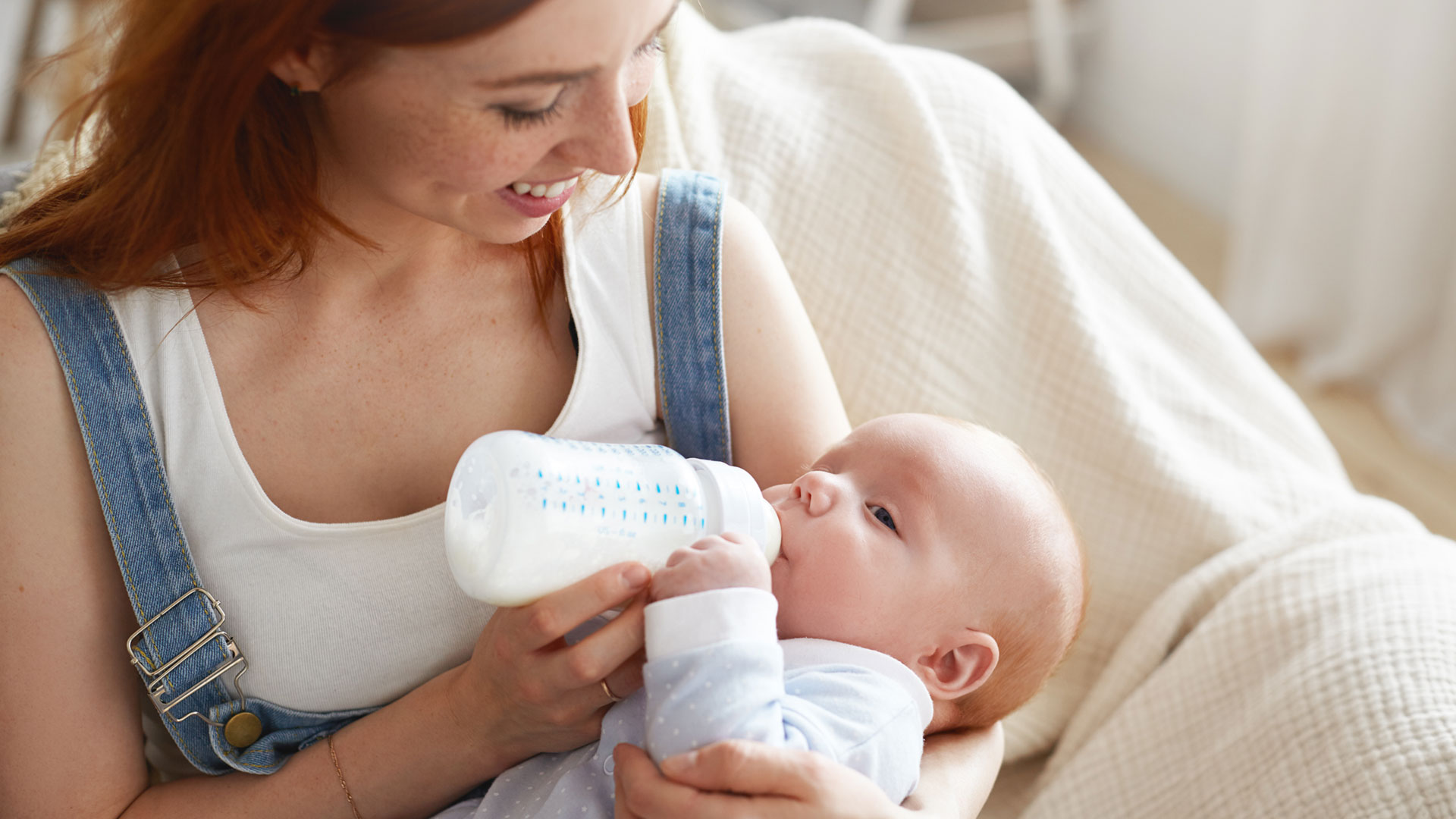Some siblings welcome new additions seamlessly and with open hearts. Others are initially excited but quickly become confused or resentful at how much time and attention their new sibling demands. The majority waffles between unconditional love and notable jealousy or feelings of displacement.
The more you do to prepare your child for a sibling, the smoother the process may be.
Age-Appropriate Ways to Prepare Children for a New Sibling
Not surprisingly, preparing an older child for a new sibling varies according to age. Whereas children ten years old or older are better able to have conversations about what’s happening and how it affects them, toddlers and younger children need more scaffolding and support to understand how things will change.
1. Help them bond with the baby or child beforehand
If you are pregnant, you have an amazing opportunity to help your child bond with the baby-to-come by spending time together before the new addition’s official arrival. Let your children know that babies can hear a muffled version of the world around them and will recognize family members’ voices once they’re born.
The earlier bonding starts the better, especially if things like morning sickness or any pregnancy-related discomforts – not to mention postpartum changes – limit how you interact with your child. Being open about the baby and starting soothing bonding rituals helps them cope with these early changes.
Encourage (and offer opportunities) them to:
- Read to the baby or “show the baby” pictures when you’re reading together.
- Sing songs.
- Tell them stories.
- Share what happened during the day (you may learn some important information because your child may share things with the baby that you’re hearing for the first time!).
- Feel a part of choosing baby names (even if theirs aren’t selected).
- Younger children may also love helping you rub coconut oil or lotion on your itchy belly to gently give the baby some loving touches. This is a good way to teach toddlers and young children what levels of pressure and speed are okay for newborns and what is too hard or too fast.
- Review baby pictures and videos from your child’s earlier days and “share them” with the baby bump. This is a good opportunity for you to explain how the new baby will be similar to that in terms of size, growth, and development.
Babies in the belly are nothing like babies in real life, but bonding with the bump is a good place to start.
If you’re adopting or fostering a baby, we recommend working with the social worker or agency representative for ideas on how to prepare your children. Every situation is different, but you may have opportunities to post pictures on the fridge, talk about the baby using their name, etc., depending on the level of participation from the mother or current guardian.
2. Read books about babies
There are books to prepare children or help children learn about every topic under the sun. Welcoming a new sibling is no exception. Here are some of our favorites:
- Where Do Babies Come From (younger kids) or It’s Not the Stork (older kids).
- I’m a Big Sister Now, or I’m a Big Brother Now
- It’s Big Brother Time, or It’s Big Sister Time. Both of these focus on ways your child’s life will change.
- Mama’s Belly. Another book that shares what’s happening and the joy of welcoming a new baby, along with addressing a young girl’s concerns about how her life will change.
Finally, we recommend that mothers-to-be read The Second Baby Book: How to Cope with Pregnancy Number Two and Create a Happy Home for Your Firstborn and New Arrival.
3. Change things before they have to change
This isn’t always possible, depending on where your child is at in their development. However, we recommend thinking about how the household will change after the baby is born and making any changes beforehand. By doing so, existing children have time to adjust to certain changes without “blaming it all on the baby.”
This includes:
- Continuing to move forward on potty training.
- Migrating from a crib to a bed.
- Moving into another room (if that’s happening).
- Setting up the crib, dresser, and anything that will be added to the existing child’s room at least a month or two before so they’re used to it.
- Starting to create a more independent bedtime routine if that makes sense.
- Where they sit during meals.
- Giving them age-appropriate responsibilities to help the household.
There will be plenty of changes once the baby arrives, no matter how much you prepare your first child, so the more you do beforehand, the better.
If you aren’t able to make these changes before the baby is born, wait until the baby and household are more settled. That way there isn’t such an abrupt association between the baby’s arrival and all of the ways it impacted your child.
4. Be realistic (don’t oversell the newborn experience)
Babies are lovely, and they’re also highly disruptive of a household’s routine – especially from the other child’s perspective. Yes, we want to create a warm, loving, and welcoming home – but you don’t want to oversell the experience. Your child deserves to have realistic expectations.
Just as you discuss all the wonderful things about babies, be honest about the not-so-wonderful things.
- Babies cry a lot, and it can be very noisy.
- They spit up and poop all over sometimes.
- They don’t always sleep very long at night until they get older.
- Most babies can’t do much for themselves AT ALL for a really long time.
- They can’t talk or play for many months/years (use a calendar to give examples).
- They often want mommy and nobody else, especially if they’re feeling sad, tired, or hungry.
Then, it might be a good idea to make a list around when Baby does X, big sibling can do Y. For instance, when baby cries because they’re hungry, big sibling can sing a gentle song; if the crying gets too loud, the big sibling can grab the soundproof headphones and look at a favorite book or play with toys for a while OR cuddle up quietly with mommy and the baby while it’s eating.
5. Commit to spending realistic quality time
Think ahead to one thing you and/or your partner can do daily to spend special quality time with your child. No child can ignore that most of a parent’s time and energy is devoted to the new baby. So, now’s the time to plan “special time” you can commit to. Studies prove that just 5 to 15 minutes of uninterrupted quality time with a child has tangible benefits.
It’s a good idea to have others help with this too, like special time with your partner or any nearby grandparents, aunts, uncles, or close family friends. The more quality time you or other loved ones spend with your child, the less envious they’ll be of the baby. Give visitors a heads up that a visit with the baby is great, and it would also be helpful if they could spend some time with your other child (reading, taking a walk, taking them along on a playdate or to the park, playing one round of cards, taking a tour of their room or meeting their stuffed animals, etc.) so they feel special and included too.
PANW Can Help You Prepare an Older Sibling For the New Baby
Would you like support or additional ideas for preparing an older sibling for the new baby? Before and after baby arrives, we’re here to help your whole family with this big transition. The team at Pediatric Associates of the Northwest can provide resources and ideas at your next appointment.
If older siblings can accompany you to visits, we can talk to them about it too, and see what questions come up for them during our conversation. It’s all about normalization and growth – and our pediatricians and behavioral health providers are always available to support both!





